If you've ever wondered how metal parts and products are made, you may have heard of die casting machines. These machines are a vital component of many manufacturing processes, particularly in the automotive and aerospace industries. In this article, we'll explore what a die casting machine is, how it works, and its various applications.

Table of Contents
-
What is Die Casting?
-
How Does a Die Casting Machine Work?
-
Types of Die Casting Machines
-
Advantages of Die Casting Machines
-
Disadvantages of Die Casting Machines
-
Applications of Die Casting Machines
-
Choosing the Right Die Casting Machine
-
Maintaining Your Die Casting Machine
-
Safety Considerations When Operating a Die Casting Machine
-
Environmental Impacts of Die Casting Machines
-
Innovations in Die Casting Technology
-
Future of Die Casting Machines
-
Conclusion
-
FAQs
What is Die Casting?
Die casting is a manufacturing process used to produce metal parts and products by forcing molten metal into a mold, also known as a die. The process involves applying high pressure to the metal using a hydraulic or mechanical press, which forces the metal to take on the shape of the die. Once the metal has cooled and solidified, the die is opened and the finished product is removed.
Get a FREE quote of Aluminum, Zinc/Zamak die casting mold/die, pls. email us: cnkylt@aliyun.com
Get a FREE quote of Aluminum die casting products, pls. email us: cnkylt@aliyun.com
Get a FREE quote of Zamak/Zinc die casting products , pls. email us: cnkylt@aliyun.com
How Does a Die Casting Machine Work?
A die casting machine is a piece of equipment that is used to carry out the die casting process. The machine consists of two main parts: the injection system and the clamping unit.
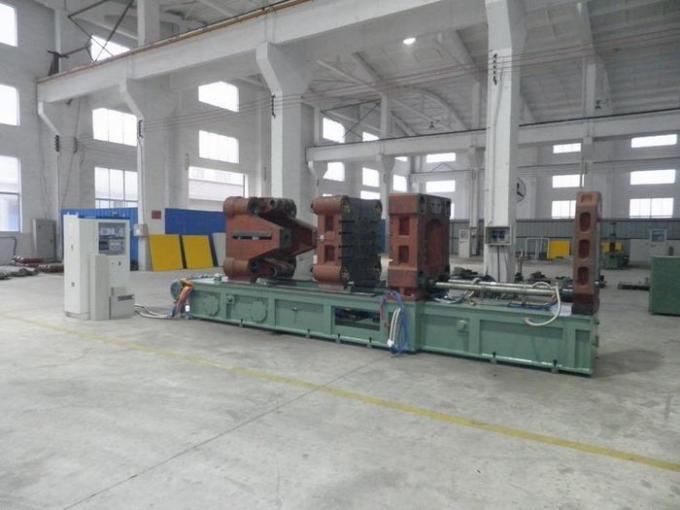
The injection system is responsible for melting and injecting the metal into the die. This is achieved by heating the metal to its melting point in a furnace, then using a plunger to force the molten metal into the die cavity.
The clamping unit holds the two halves of the die together and applies the necessary pressure to the metal during the casting process. The unit consists of a fixed platen and a movable platen, which are operated using hydraulic or mechanical power.
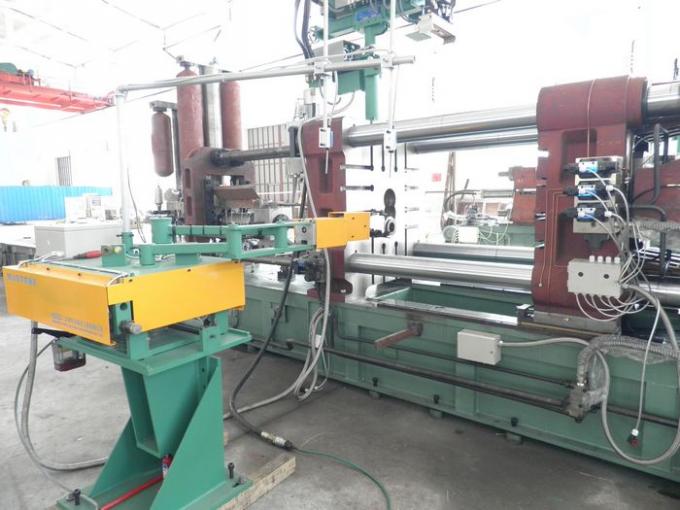
Types of Die Casting Machines
There are two main types of die casting machines: Hot chamber machines and Cold chamber machines.
Hot chamber machines are used for metals with low melting points, such as ZAMAK/Zinc, Tin, and Lead. These metals can be melted in the injection system itself, which is permanently immersed in a bath of molten metal. This makes the process faster and more efficient.
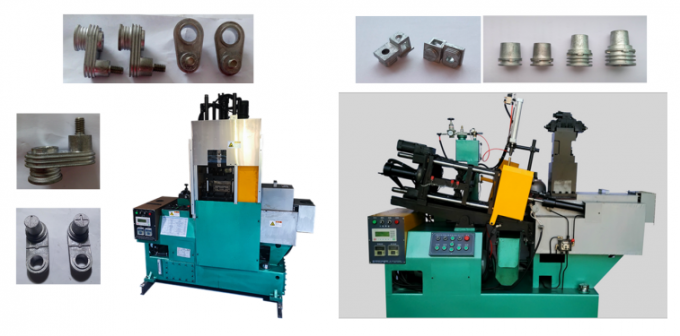
Cold chamber machines are used for metals with high melting points, such as Aluminum, Magnesium, and Copper. In these machines, the injection system is separate from the furnace, which is used to melt the metal. The molten metal is then transferred to the injection system using a ladle or other device.

Advantages of Die Casting Machines
Die casting machines offer several advantages over other manufacturing processes, including:
-
High production rates: Die casting machines can produce large quantities of parts quickly and efficiently, making them ideal for mass production.
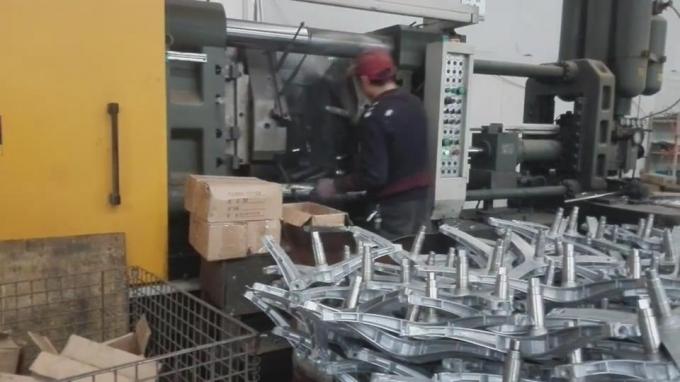
-
Consistency and accuracy: The use of dies ensures that each part produced is identical to the last, with a high degree of accuracy and precision.
-
Design flexibility: Die casting machines can produce complex shapes and designs with ease, allowing for greater design flexibility.
-
Durability: Metal parts produced using die casting machines are typically stronger and more durable than those produced using other methods.
Disadvantages of Die Casting Machines
Despite their many advantages, die casting machines also have some drawbacks, including:
-
High start-up costs: Die casting machines can be expensive to purchase and set up, particularly for small businesses or those producing low volumes of parts.
-
Limited material selection: Die casting machines are typically limited to a narrow range of metals and alloys, which can restrict the types of parts that can be produced.
-
Complexity: The die casting process is complex and requires skilled operators and maintenance personnel to ensure consistent and high-quality production.
Applications of Die Casting Machines
Die casting machines are used in a wide range of industries and applications, including:
-
Automotive & Electric Vechicle: Die casting is used to produce a variety of automotive parts, including engine blocks, transmission housings, and suspension components.

-
Aerospace: The aerospace industry relies on die casting machines to produce lightweight yet strong parts for aircraft and spacecraft.
-
Consumer goods: Die casting is used to produce a variety of consumer goods, including toys, kitchenware, and electronics components.

-
Construction: Die casting is used to produce parts for construction equipment, such as bulldozers, cranes, and excavators.
-
Medical: Die casting is used to produce medical devices and equipment, such as prosthetic limbs and surgical instruments.
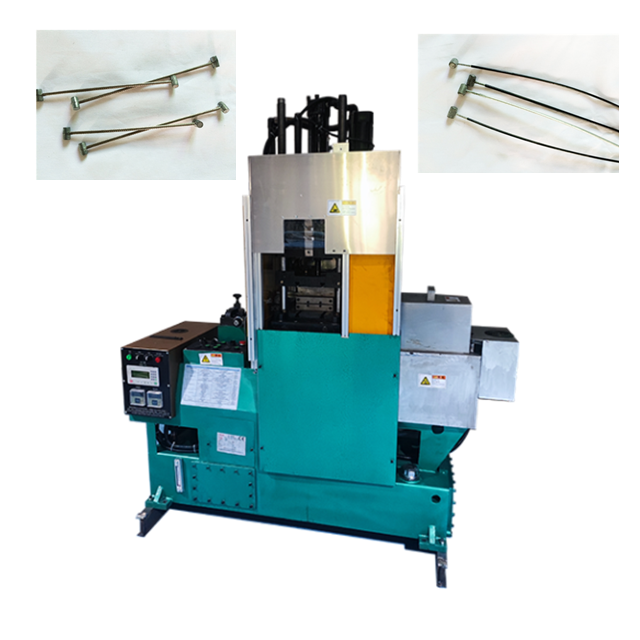
Choosing the Right Die Casting Machine
When choosing a die casting machine, there are several factors to consider, including:
-
Production volume: The size and capacity of the machine should be appropriate for the volume of parts to be produced.
-
Metal type and alloy: Different machines are designed for different types of metals and alloys, so it's important to choose the right machine for the job.
-
Production speed: The production speed of the machine should match the needs of the business, with faster machines being more expensive but potentially more profitable in the long run.









